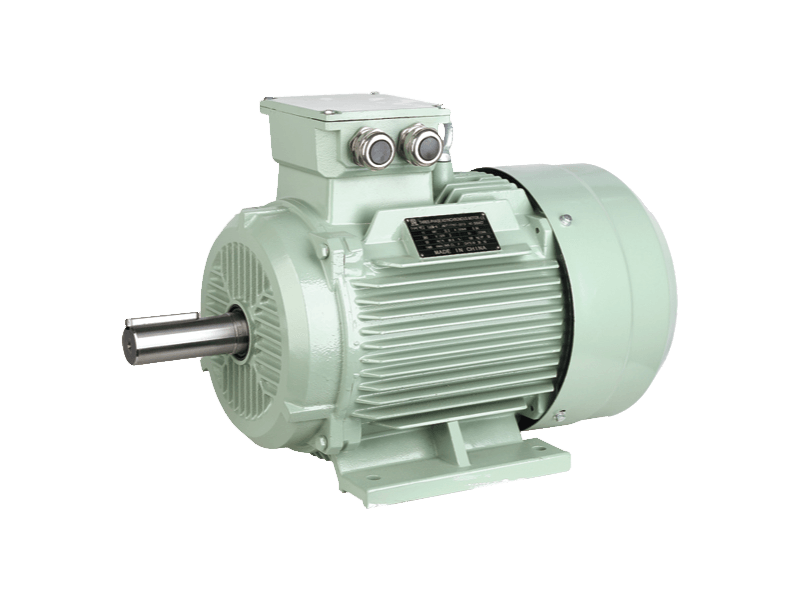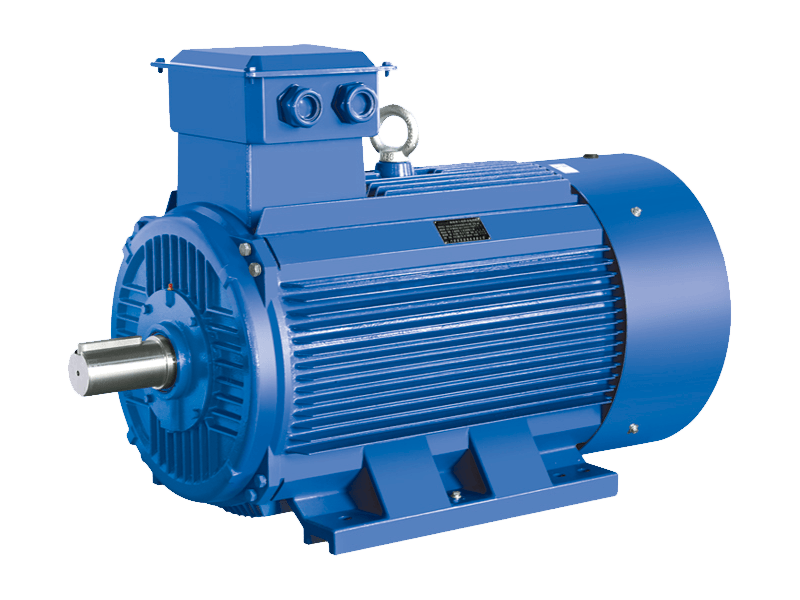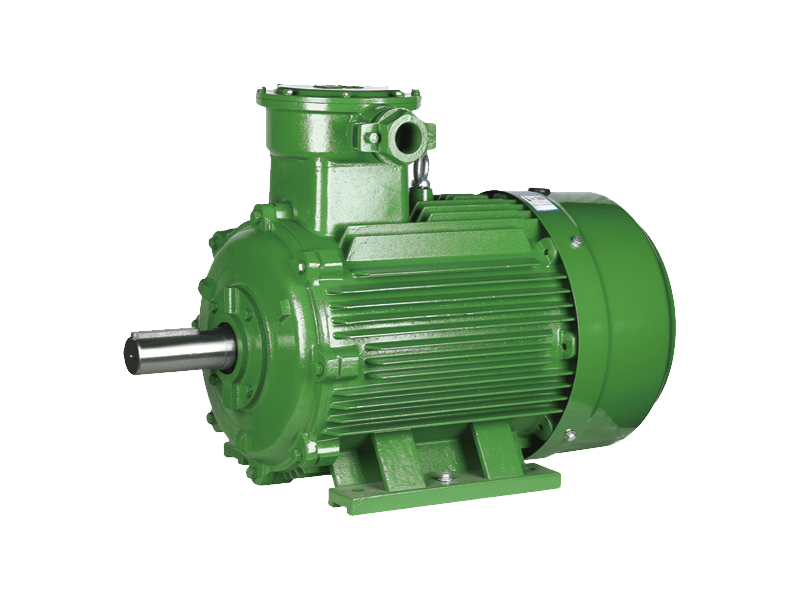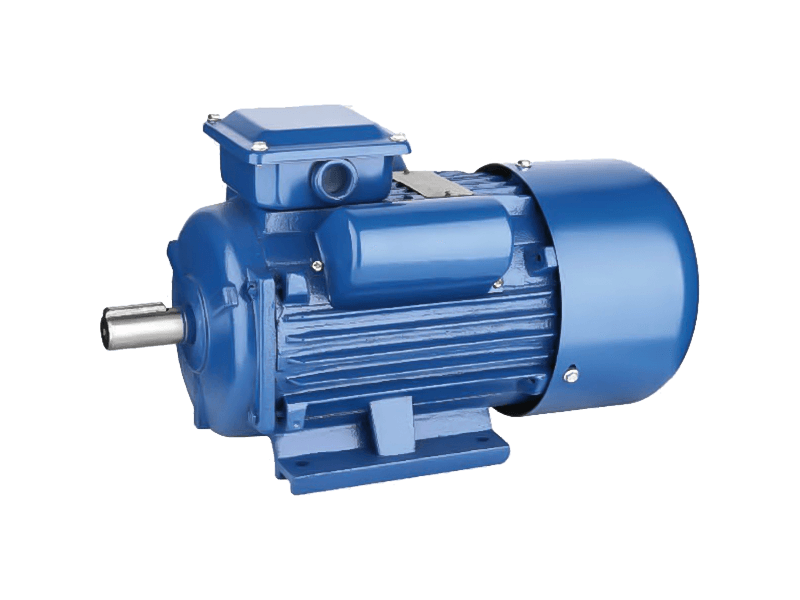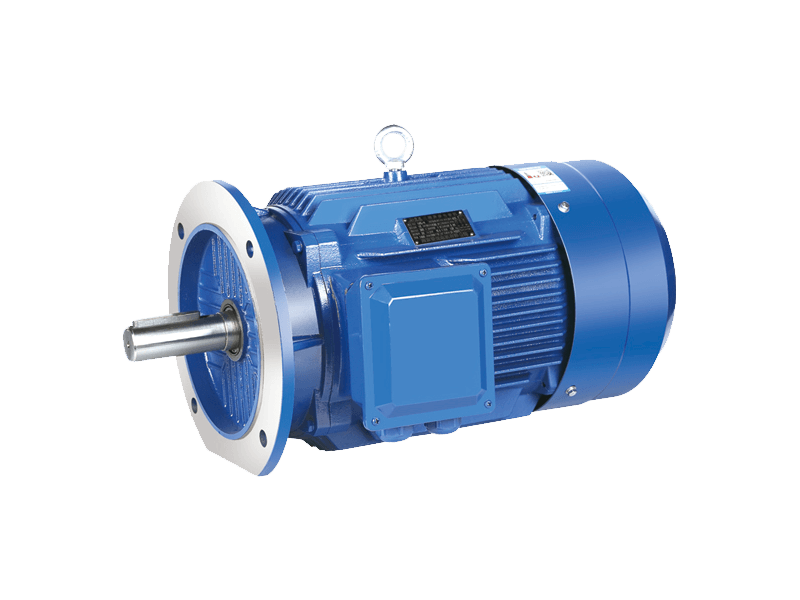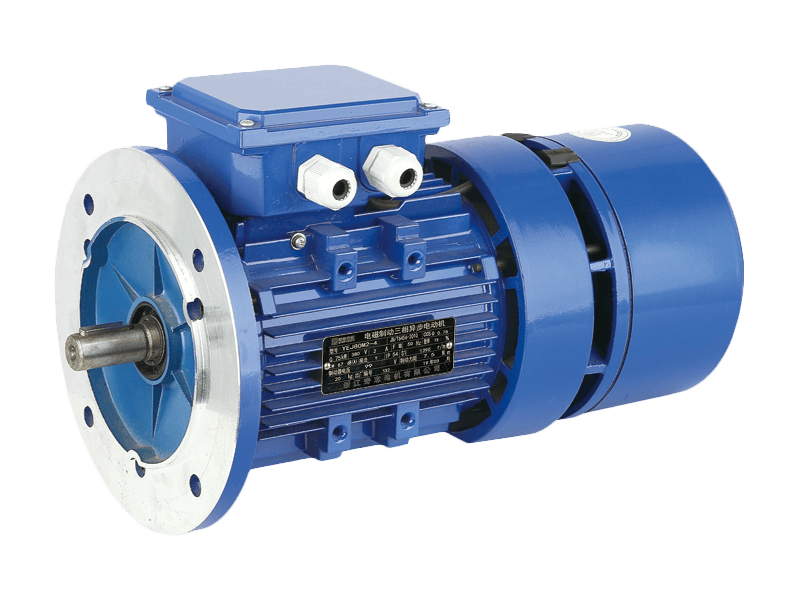The Basics of a Fan Motor
Besides air conditioning, fan motors are used in a variety of other settings. They circulate cool air in homes and industrial facilities. They are easy to install and repair.
The most basic elements of a fan motor include the armature, rotor and gearbox. In addition, the motor housing contains the oscillator mechanism, which motions the fan from side to side.
Fan motors vary in size, power and speed. They range from the small, economical ones to the powerful, 200+ mm diameter models. Each type has its own functions and requirements.
In addition to power, efficiency is also a factor. Smaller motors offer greater efficiency and less equipment space. In addition, they require less setup time.
Frequency inverters provide significant efficiency gains. They also prolong the life of the motor. They reduce energy consumption by allowing the motor to operate at variable frequencies.
Fan motors are a crucial part of air conditioning systems. They help cool the air in the house and move it through the ductwork. However, over time, they can get damaged and stop working.
One way to detect a defective fan is by observing its output. If the fan output is lower than expected, it could mean that a capacitor is malfunctioning. If the capacitor is bad, it will cause the fan to overheat and break down. Similarly, a broken wire will cause the motor to make a buzzing sound.
A faulty capacitor can also cause a motor to short to the ground. It can also cause the fan to stop spinning.

